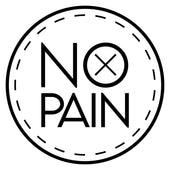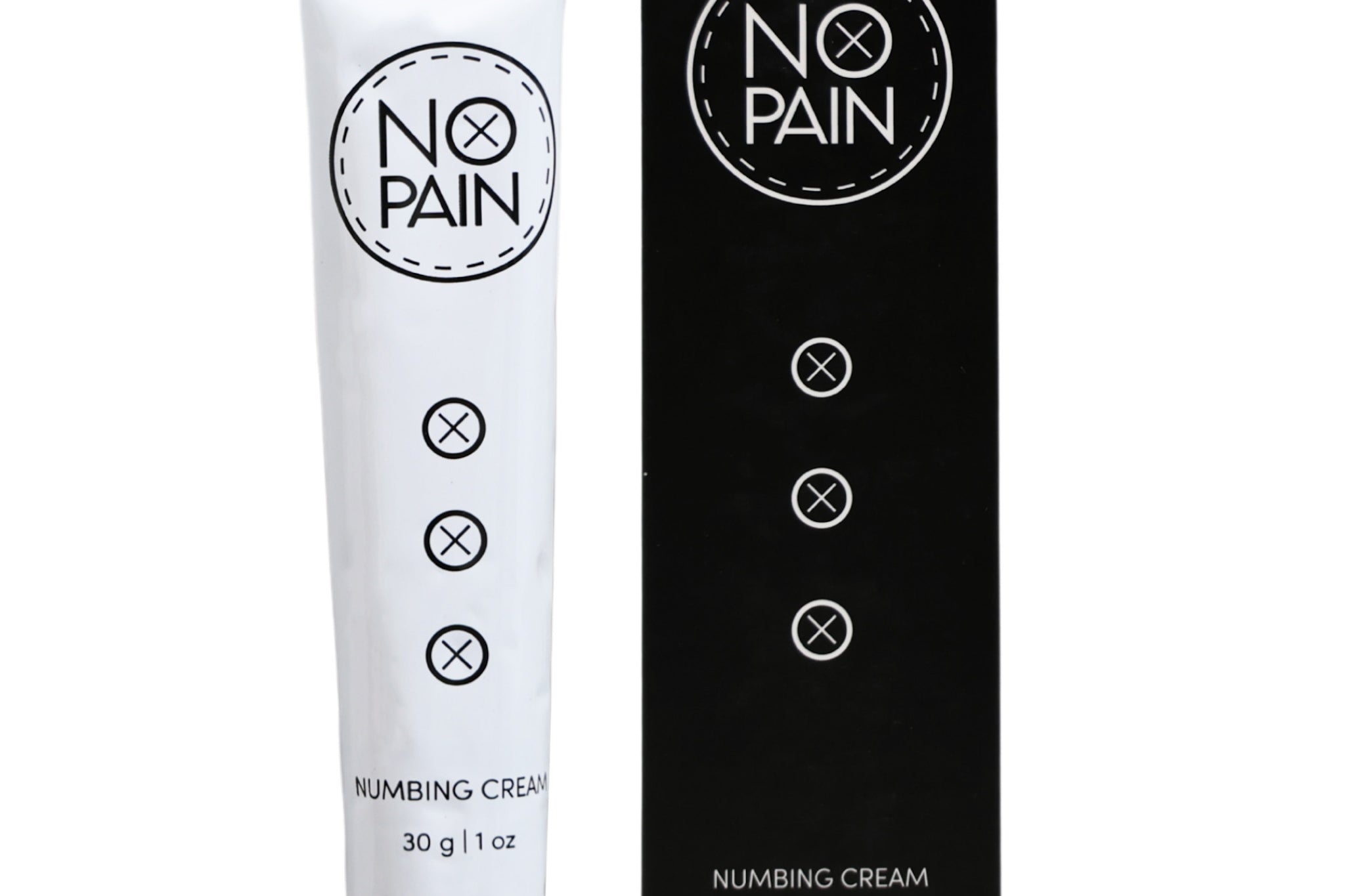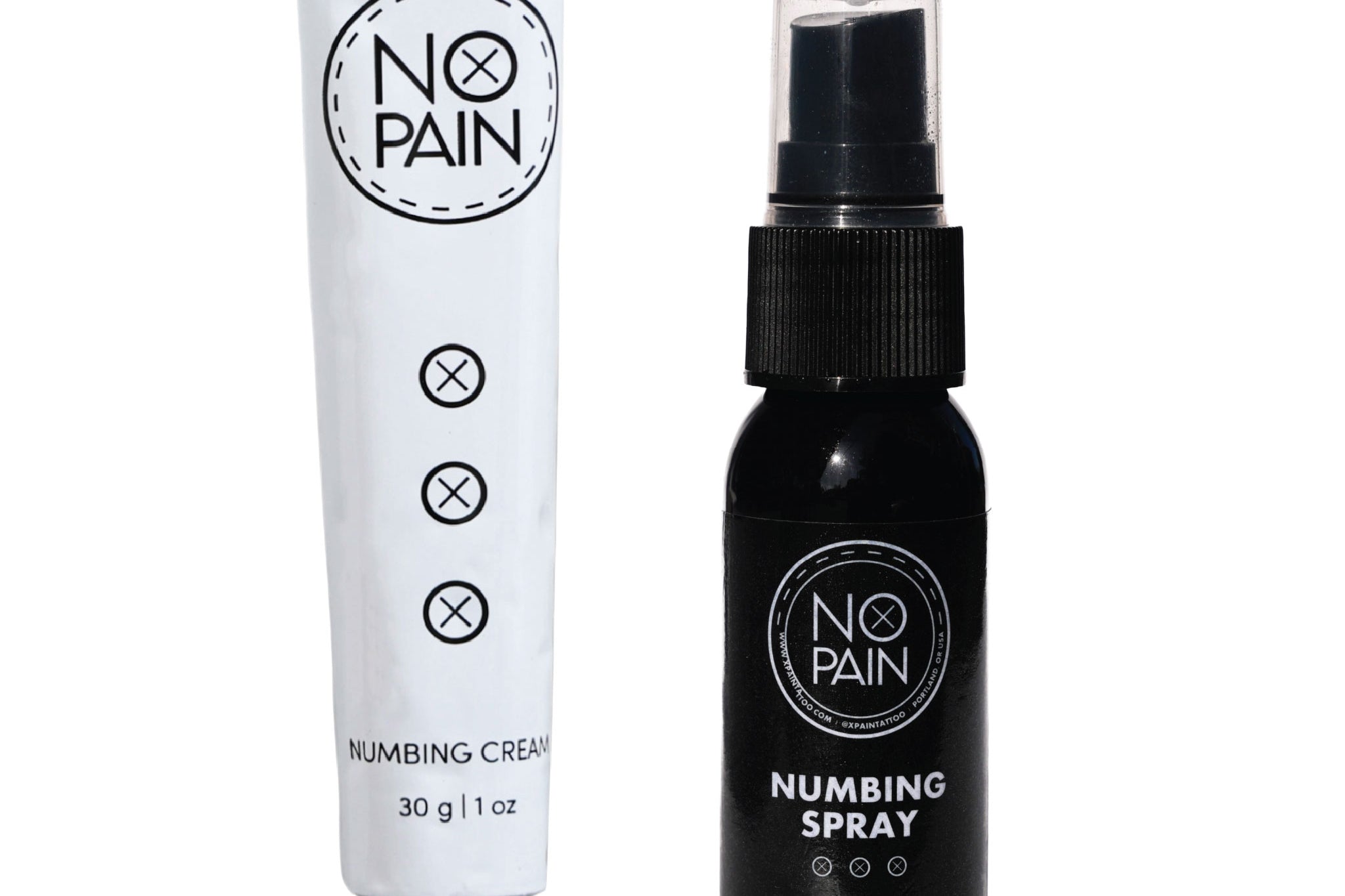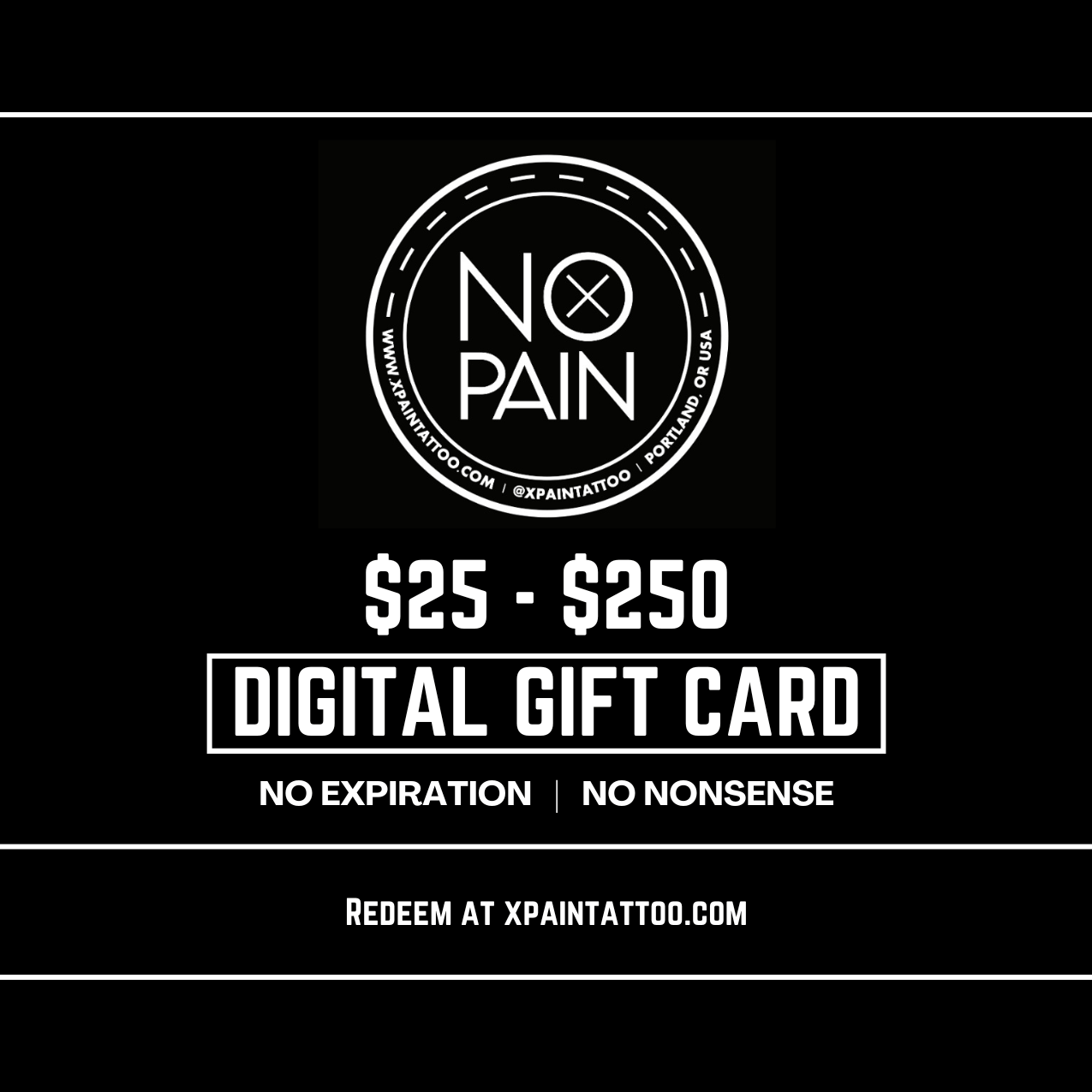Are you kicking around the idea of a new, discreet yet stylish tattoo? The spot behind the ear has become incredibly popular for its elegance and subtlety—it's the perfect place for a tiny flower, a meaningful symbol, or a delicate set of initials.
But this delicate placement is on your head, right next to your skull. This naturally leads to one major question: "Just how painful is a tattoo behind the ear?"
While the sessions for these tattoos are usually very short, the pain level is surprisingly high. It's a spot that packs a lot of intense sensation into a small area. But don't worry, it's a very manageable pain, especially with the right preparation. This is your definitive guide to the pain and unique sensations of this placement.
The Anatomy of Pain: The Triple Threat Behind Your Ear
The intense feeling of a behind-the-ear tattoo comes from a "triple threat" of sensory input.
-
The Bone: The primary reason for the pain is the mastoid bone, the prominent, hard bone that sits directly behind your ear. There is absolutely no fat or muscle to cushion this area. The skin is stretched directly over this bone, which makes the pain from the needle feel very sharp and intense.
-
The Vibration: Because the needle is working directly on your skull, you will feel a very strong, loud vibration that resonates through your entire head. Many people who get this spot tattooed report that this deep, rattling sensation is even more jarring and uncomfortable than the pain of the needle itself.
-
The NOISE: This is the most unique and often overwhelming aspect of a behind-the-ear tattoo. The tattoo machine will be buzzing loudly and constantly right next to your eardrum. It's an inescapable, high-pitched sound that can be very intense and mentally taxing for some people.
The Pain Scale Verdict
On a pain scale of 1 to 10, a behind-the-ear tattoo is a solid 7-9/10.
While the pain is sharp and the sensations are intense, the saving grace is that these tattoos are typically very small and fast. You are usually in and out of the chair in under an hour, and often in less than 30 minutes. It's a short, concentrated burst of high-intensity feeling, unlike a rib tattoo which can be hours of sustained agony.
The Ultimate Preparation for a Behind-the-Ear Tattoo
Tattoos in this location are usually small and delicate, requiring extreme precision from the artist. An involuntary flinch or twitch from a sudden spike in pain can ruin a fine line or a delicate curve. Staying perfectly still for your artist is absolutely critical.
This is a perfect scenario for a high-quality numbing cream. It removes the risk of flinching and ensures your artist has the stable canvas they need to create flawless work.
-
Our No Pain Tattoo Numbing Cream is the ideal tool to guarantee a smooth session. By applying it to the clean, dry area 90 minutes before your appointment, you can dramatically reduce that sharp, bony pain.
-
It won't stop the noise or the vibration, but by eliminating the primary pain signal, it makes those other sensations much easier to tolerate. It turns an intense, nerve-wracking experience into a calm and comfortable one.
The Verdict: A tattoo behind the ear is a short but intense experience. The pain is sharp, the vibration is strong, and the noise is very loud.
However, it is a very fast and highly manageable process, especially when you prepare correctly. Don't let the fear of a 20-minute challenge stop you from getting a beautiful, lifetime piece of art. With the right artist and the confidence that comes from a good numbing cream, you can get that elegant behind-the-ear tattoo you’ve always wanted with ease.




